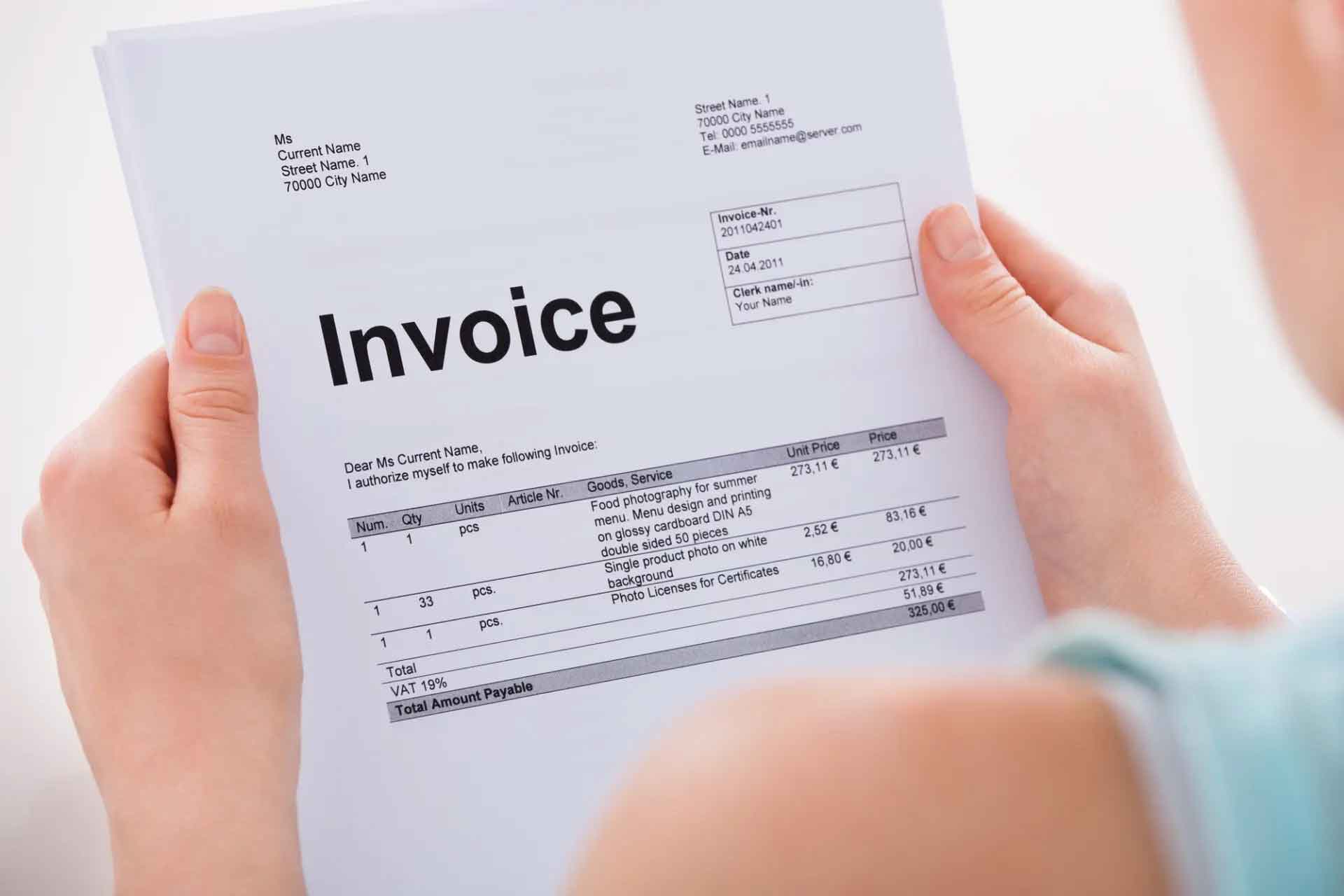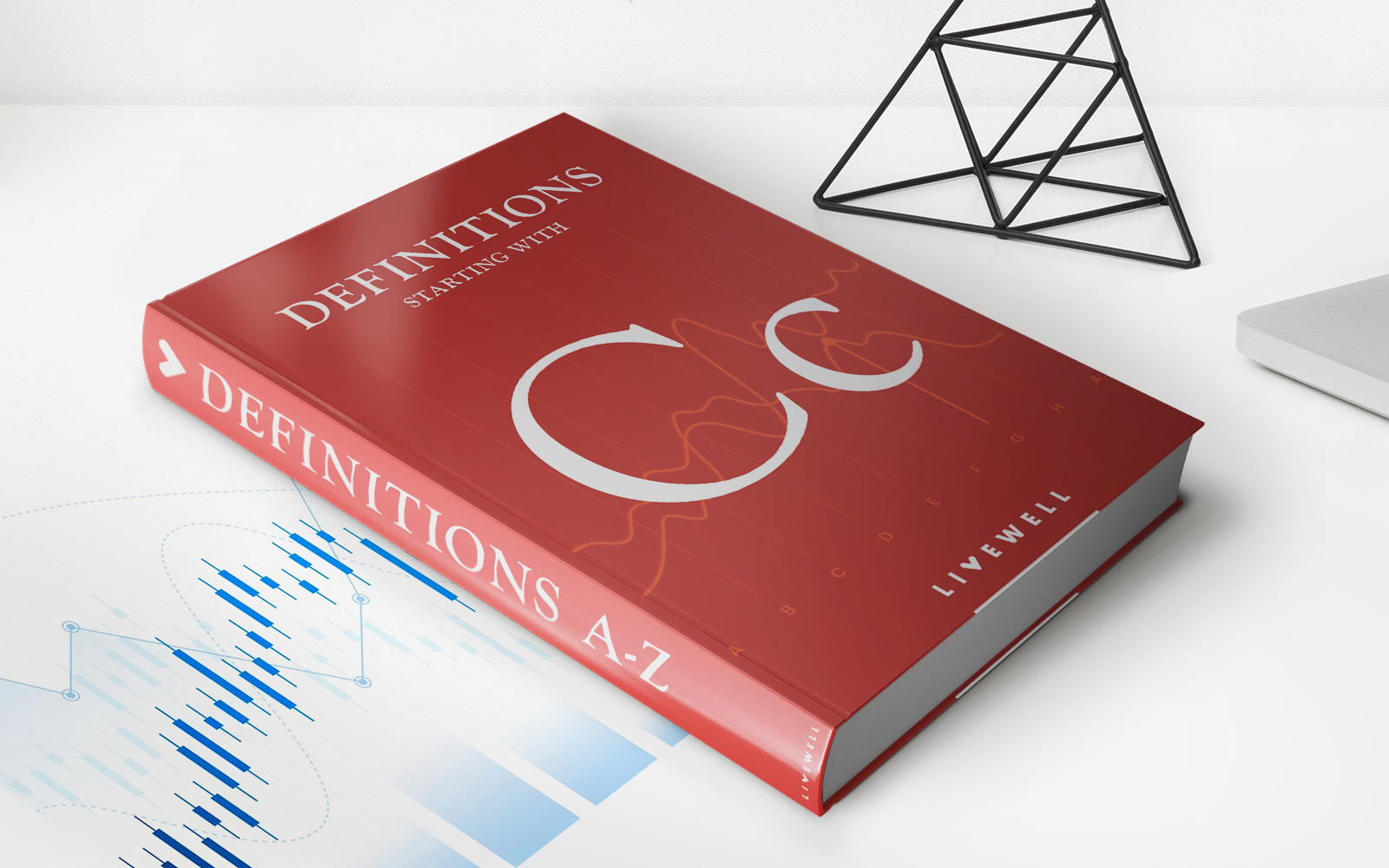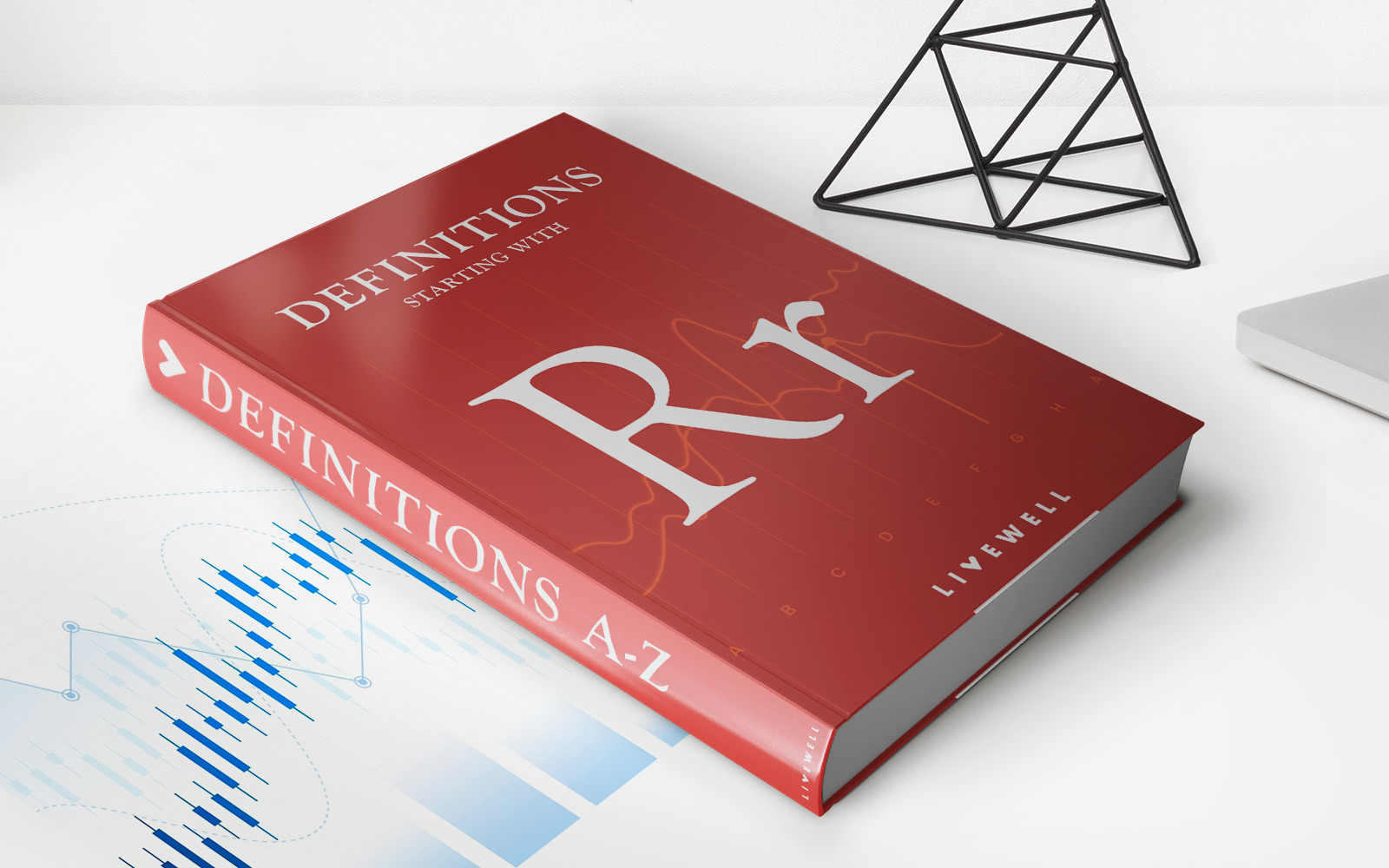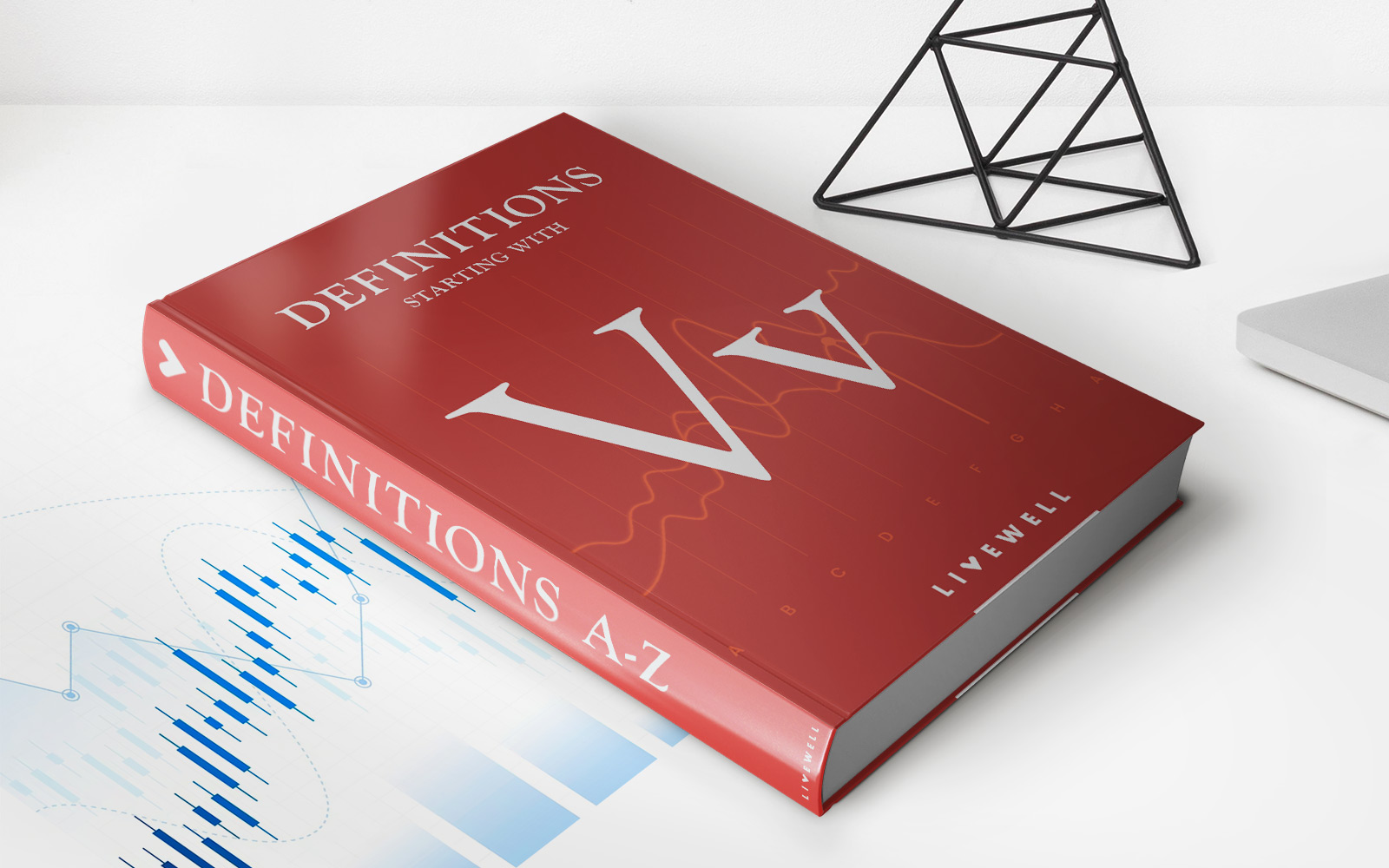

Finance
How To Pay Rent On A Credit Card
Published: November 5, 2023
Learn how to pay your rent on a credit card and manage your finances efficiently. Explore the benefits and options of using credit cards for rent payments.
(Many of the links in this article redirect to a specific reviewed product. Your purchase of these products through affiliate links helps to generate commission for LiveWell, at no extra cost. Learn more)
Table of Contents
- Introduction
- Benefits of Paying Rent on a Credit Card
- Potential Drawbacks of Paying Rent on a Credit Card
- Understanding Credit Card Fees and Rewards
- Finding a Landlord or Property Management Company that Accepts Credit Card Payments
- Steps to Pay Rent on a Credit Card
- Tips for Maximizing Credit Card Rewards and Minimizing Fees
- Alternatives to Paying Rent on a Credit Card
- Conclusion
Introduction
Paying rent is a significant expense for many individuals, often constituting a large portion of their monthly budget. Traditionally, rent payments are made through methods such as checks, cash, or electronic bank transfers. However, with the increasing popularity of credit cards, paying rent on a credit card has become an appealing option for some tenants.
Paying rent on a credit card offers several potential benefits, such as the ability to earn rewards points or cashback on your rent payments. It can also provide flexibility and convenience, allowing you to manage your monthly expenses more effectively. However, there are also potential drawbacks to consider, including fees associated with credit card payments and the potential for accruing debt.
In this article, we will explore both the benefits and drawbacks of paying rent on a credit card. We will discuss the various fees and rewards programs that you need to be aware of, as well as the steps you can take to pay your rent with a credit card. Additionally, we will provide alternative payment options for those who may not be able to or prefer not to pay their rent using a credit card.
So whether you’re a renter looking to maximize your credit card rewards or simply seeking a more convenient way to pay your rent, this article will provide you with the information you need to make an informed decision.
Benefits of Paying Rent on a Credit Card
There are several advantages to consider when it comes to paying your rent on a credit card:
- Rewards Points and Cashback: One of the biggest draws to using a credit card for rent payments is the opportunity to earn rewards points or cashback. Many credit cards offer rewards programs where you earn points or cashback for every dollar spent. By paying your rent on a credit card, you can accumulate these rewards and potentially offset the cost of other expenses or even earn free travel.
- Convenience and Flexibility: Paying rent on a credit card can offer convenience and flexibility. You can set up automatic payments, ensuring that your rent is always paid on time without the need for constant manual intervention. Additionally, you can choose a credit card with a flexible payment due date that aligns with your cash flow, allowing you to better manage your monthly expenses.
- Build or Improve Credit History: Consistently paying your rent on time using a credit card can help build or improve your credit history. Rental payments typically don’t show up on your credit report, but by utilizing a credit card for these payments, you establish a credit trail that demonstrates your responsible credit management. This can be beneficial for future credit applications, such as applying for loans or mortgages.
- Opportunity for Financial Relief: Sometimes unexpected expenses or emergencies arise, making it challenging to pay rent on time. Using a credit card to cover your rent can provide temporary financial relief in such situations, allowing you to have more time to gather funds. However, it’s important to note that this should only be used as a last resort, and you should have a plan in place to pay off the credit card balance to avoid high-interest charges.
These benefits make paying rent on a credit card an attractive option for many tenants. However, it’s essential to weigh these advantages against the potential drawbacks and make an informed decision based on your financial situation and goals.
Potential Drawbacks of Paying Rent on a Credit Card
While there are benefits to paying rent on a credit card, it’s important to consider the potential drawbacks before opting for this method of payment:
- Credit Card Fees: Many landlords or property management companies charge a convenience fee for credit card payments. These fees can range from a flat fee to a percentage of the rent amount, potentially adding a significant cost to your monthly rent. It’s important to factor in these fees when determining whether paying rent on a credit card is financially beneficial for you.
- Accruing Debt: Using a credit card for rent payments can lead to the temptation of overspending or accumulating debt. If you’re not careful with your credit card usage, you may find yourself carrying a balance from month to month, incurring high-interest charges. It’s crucial to have a budget in place and ensure that you can comfortably pay off your credit card balance each month to avoid falling into a cycle of debt.
- Impact on Credit Utilization Ratio: Your credit utilization ratio, which is the percentage of your available credit that you’re currently using, plays a crucial role in your credit score. Paying a large rent amount on a credit card can significantly increase your credit utilization ratio, potentially affecting your credit score negatively. It’s important to keep this in mind, especially if you plan on applying for credit in the near future.
- Acceptance by Landlords: Not all landlords or property management companies accept credit card payments for rent. It’s essential to verify with your landlord beforehand if they allow this payment method. If they don’t, you may need to explore alternative payment options.
Considering these potential drawbacks, it’s important to carefully evaluate your financial situation and goals before deciding whether paying rent on a credit card is the right choice for you. Assessing the total cost, managing your credit card usage responsibly, and being aware of the impact on your credit score are key factors to consider.
Understanding Credit Card Fees and Rewards
Before deciding to pay your rent on a credit card, it’s essential to have a clear understanding of the fees associated with credit card payments and the potential rewards you can earn. Here are a few key points to consider:
- Convenience Fees: Many landlords or property management companies charge a convenience fee for credit card payments. This fee can vary depending on the payment processor or service used. It’s important to inquire about these fees upfront and factor them into your decision-making process. Assess whether the rewards you can potentially earn outweigh the cost of these fees.
- Rewards Programs: Different credit cards offer various types of rewards programs. Common rewards include cashback, airline miles, or points that can be redeemed for merchandise, gift cards, or travel. Research the rewards programs offered by different credit card issuers and choose one that aligns with your spending habits and preferences. Consider factors such as the redemption options, earning potential, and any restrictions or expiration dates associated with the rewards.
- Introductory Offers: Some credit card issuers offer enticing introductory offers, such as bonus rewards or an extended 0% APR period. These offers can provide additional benefits if you plan on making a large rent payment or if you want to use a credit card to temporarily manage your cash flow. However, be aware of any terms and conditions associated with these offers, such as the duration of the promotional period and any balance transfer fees.
- Annual Fees: Some credit cards charge an annual fee for access to their rewards program or additional benefits. Consider whether the rewards and perks offered by the credit card justify the annual fee expense. If you don’t believe you’ll maximize the benefits or earn enough rewards to offset the fee, it may be more cost-effective to choose a credit card without an annual fee.
- Interest Rates and Grace Periods: It’s important to understand the interest rates associated with your credit card. If you plan to carry a balance, look for a credit card with a low-interest rate. Additionally, check whether your credit card offers a grace period, which is the time you have to pay off your balance without incurring interest charges. Paying your rent on a credit card and carrying a balance can quickly accumulate interest, so it’s essential to have a repayment plan in place.
By understanding the fees and rewards associated with credit card payments, you can make an informed decision that aligns with your financial goals and maximizes the benefits of paying rent on a credit card.
Finding a Landlord or Property Management Company that Accepts Credit Card Payments
Not all landlords or property management companies accept credit card payments for rent, so it’s important to determine if this option is available before proceeding. Here are some ways to find a landlord or property management company that accepts credit card payments:
- Check with Your Current Landlord: If you’re already renting a property, start by checking with your current landlord or property management company to see if they accept credit card payments. They may have recently implemented this option, or they might be open to considering it if there is enough tenant interest.
- Online Property Listing Platforms: Many online property listing platforms, such as Zillow, Apartments.com, or Rent.com, allow you to filter your search for rental properties that accept credit card payments. Utilize these platforms to find landlords or property management companies that offer this payment option.
- Property Management Websites: Some property management companies have their own websites where they provide information about their properties and payment methods. Visit these websites and look for details about credit card payment acceptance.
- Ask Other Renters: Reach out to friends, colleagues, or acquaintances who may have experience with renting and credit card payments. They may be able to provide recommendations or insights into landlords or property management companies that accept credit card payments.
- Contact Local Real Estate Agencies: Local real estate agencies often have connections with landlords and property management companies in the area. Reach out to them and inquire about any rental properties that accept credit card payments.
When contacting landlords or property management companies, be sure to ask about any additional fees associated with credit card payments, as well as their preferred payment processors or platforms. This information will help you assess the total cost and convenience of paying rent on a credit card.
Remember, if you are unable to find a landlord or property management company that accepts credit card payments, you may need to explore alternative payment options, which we will discuss later in this article.
Steps to Pay Rent on a Credit Card
If you have found a landlord or property management company that accepts credit card payments, here are the steps to pay your rent using a credit card:
- Confirm Acceptance: Verify with your landlord or property management company that they accept credit card payments for rent. Ensure you understand any applicable fees or restrictions associated with this payment method.
- Select a Credit Card: Choose a credit card that offers suitable rewards and aligns with your financial goals. Consider factors such as cashback, rewards points, annual fees, interest rates, and any promotional offers.
- Set Up an Account: If required, create an account on the payment processor or platform recommended by your landlord or property management company. This could be an online portal, mobile app, or third-party service specifically designed for rent payments.
- Link Your Credit Card: Add your credit card details to your account. Ensure that the card information is accurate and up to date.
- Enter Rent Amount: Enter the rent amount for the current payment cycle. Double-check the correctness of the amount to avoid any payment discrepancies.
- Review and Confirm: Review the payment details, including the rent amount, any associated fees, and the payment date. Confirm that everything is accurate before submitting the payment.
- Submit Payment: Once you have reviewed and confirmed the payment details, submit the payment using your credit card. You may have the option to set up automatic monthly payments if you prefer that convenience.
- Keep Track of Payments: Maintain a record of your rent payments, including the payment confirmation, date, and any associated fees. This will help you track your financial transactions and provide a reference if any issues arise.
It’s crucial to ensure that you have sufficient funds available on your credit card to cover the rent payment. Paying rent on a credit card and carrying a balance can result in high-interest charges, so it’s essential to plan and budget accordingly.
By following these steps, you can successfully pay your rent on a credit card and enjoy the benefits and convenience it offers.
Tips for Maximizing Credit Card Rewards and Minimizing Fees
When paying your rent on a credit card, it’s important to strategize and optimize your credit card usage to maximize rewards and minimize fees. Consider the following tips:
- Choose the Right Credit Card: Select a credit card that aligns with your spending habits and offers rewards or cashback on categories that are relevant to your expenses. For example, if you spend a significant amount on groceries or transportation, choose a credit card that offers higher rewards in those categories.
- Pay Attention to Fees: Be mindful of any convenience fees charged by your landlord or property management company. Consider whether the rewards you earn outweigh the cost of these fees. Additionally, be aware of annual fees associated with your credit card and ensure that the benefits justify the expense.
- Use Introductory Offers: If your credit card offers introductory rewards or a 0% APR period, take advantage of these offers. Paying your rent using the credit card during this period can help you earn bonus rewards or spread out the cost of your rent without incurring interest charges.
- Set Up Automatic Payments: Schedule automatic monthly payments for your rent to ensure you never miss a payment and maximize the rewards earned. Just be sure to monitor your credit card statement to ensure there are no discrepancies or unauthorized charges.
- Monitor Your Credit Utilization: Paying a large rent amount on your credit card can increase your credit utilization ratio. Keep an eye on this ratio and try to keep it below 30% to avoid potential negative impacts on your credit score.
- Pay Your Credit Card Balance in Full: To avoid interest charges, make it a priority to pay off your credit card balance in full each month. This will ensure that you maximize the benefits of paying your rent on a credit card without accumulating unnecessary debt.
- Review Credit Card Rewards Programs: Regularly review the rewards programs and benefits offered by your credit card issuer. They may introduce new promotions or limited-time offers that can help you earn more rewards on your rent payment.
- Consider Other Ways to Earn Rewards: Look for opportunities to earn additional rewards beyond rent payments. Use your credit card for other everyday expenses, such as groceries, utilities, or dining, to accumulate more rewards. Just be sure to stay within your budget and spend responsibly.
By implementing these tips, you can make the most of your credit card rewards, minimize fees, and ensure that paying your rent on a credit card is a financially savvy choice.
Alternatives to Paying Rent on a Credit Card
If paying your rent on a credit card is not a feasible option or you prefer alternative methods of payment, here are some alternatives to consider:
- Electronic Fund Transfer (EFT): Many landlords and property management companies accept electronic fund transfers directly from your bank account. This method allows for a seamless and automatic transfer of funds from your bank to your landlord, eliminating the need for physical checks or cash.
- Third-Party Payment Services: There are online platforms that specialize in rent payments, such as Zelle, Venmo, or PayPal. These services allow you to securely transfer funds to your landlord or property management company using your bank account or debit card.
- Personal Checks or Money Orders: Traditional methods such as personal checks or money orders are still widely accepted by landlords. Keep in mind that these methods may require additional time for processing and may involve transaction fees.
- Prepaid Debit Cards: Some landlords accept prepaid debit cards for rent payments. Prepaid cards can be loaded with funds in advance and used similarly to a traditional debit card.
- Direct Cash Payments: In certain cases, landlords might accept direct cash payments. However, be sure to obtain a receipt or confirmation of payment for your records.
- Mobile Payment Apps: Mobile payment apps like Apple Pay, Google Pay, or Samsung Pay allow for contactless payments using your smartphone. Check if your landlord or property management company accepts these payment methods.
- Money Transfer Services: Money transfer services such as Western Union or MoneyGram can be used to send rent payments, though be aware of any associated fees and delivery times.
- Personal Agreement: Depending on your relationship with your landlord, you may be able to work out a personalized payment arrangement that suits both parties. This could involve splitting the rent into multiple payments or arranging for a different payment schedule.
When considering alternative payment methods, it’s important to confirm with your landlord or property management company about their preferred method and any associated fees or requirements. Ensure that the chosen method is secure, convenient, and aligns with your financial situation and preferences.
Ultimately, the right payment method for your rent will depend on factors such as convenience, cost-effectiveness, and acceptance by your landlord or property management company.
Conclusion
Paying rent on a credit card can offer numerous benefits, such as the opportunity to earn rewards points or cashback, convenience, and the potential to build or improve your credit history. However, it’s crucial to weigh these advantages against the potential drawbacks, including credit card fees, the risk of accruing debt, and the impact on your credit utilization ratio.
Before deciding to pay your rent on a credit card, carefully consider your financial situation, goals, and preferences. Assess whether the rewards earned outweigh the fees associated with credit card payments and if you have the discipline to pay off your balance in full each month.
If paying rent on a credit card is not feasible or desirable for you, there are alternative payment methods available, such as electronic fund transfers, third-party payment services, personal checks, prepaid debit cards, or mobile payment apps. Choose a method that is convenient, secure, and aligns with your needs and the requirements of your landlord or property management company.
Remember, regardless of the payment method you choose, it’s essential to make timely rent payments and maintain open communication with your landlord. Having a good tenant-landlord relationship is crucial for a positive renting experience.
In conclusion, paying rent on a credit card can be a valuable option for some tenants, offering rewards and convenience. However, it’s important to assess the associated fees, potential debt risks, and impacts on your credit standing. Explore the available alternatives and determine the best payment method for your specific circumstances. By making informed decisions, you can effectively manage your rent payments while optimizing your financial situation.














